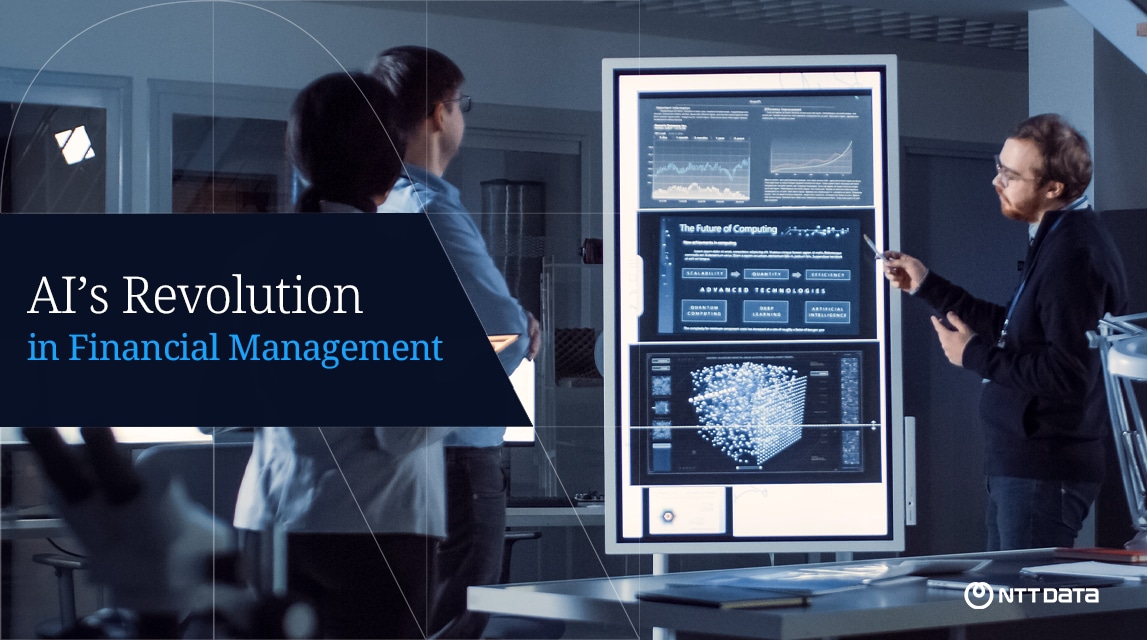When I started working in Finance, we used to say “Trust does not exempt from Control” and we spent a lot of time and money designing and operating complex internal control models. It would be right in those days but times have changed.
In the Digital Era in which we are living, the Era of Data, we are all already aware of the importance of providing an omni-channel customer experience, ride the wave of industry 4.0, operations massive automation or become a knowledge-driven company, but, what happens behind the scenes? Are we still applying the Finance methods of the past? Does it make more sense to evolve and adapt these methods to the current reality? This is where Trust & Transparency play a new role.
It is a paradox that we define strategies taking advantage of digitization and access to internal and external data and subsequently secure the access to those insights limiting it to what we believe our employees “need to know”. On the other hand, we send contradictory messages when we want to promote cooperation, communication among departments and breaking silos and then we become obsessed with getting more and more detail out of any single piece of data when we should encourage less the “drill-down” analysis and more “drill-across”. In summary, not adopting a company-wide data access strategy.
Let us go over and illustrate with three examples why we say that transparency is a new way of control and how by applying transparency we can achieve a better performance. It is only when the information is transparently shared across the different stakeholders that we can generate an impact.
#1 Democratic measurement model to improve quality and productivity in the period-end closing process
Think about a multinational company with operations in different geographies and Global Business Services during the accounting closing period. A set of common KPIs could be democratically defined with homogeneous algorithms for every country. Instead of asking every country to calculate and report these KPIs to the Headquarters, they are automated, provided globally, 100% reliable and shared with all at the end of each period.
If a country wants to get a better score, they need to change their behavior, ask themselves who are the top and lower performers, where is their position compared with their peers and what are they doing to improve. In summary, move the mindset from producing to improving the KPI.
The companies that operate under these models achieve a real culture of continuous improvement and reach their maximum performance potential at any time and business circumstances.
#2 High level estimated and shared investments budget to get effective control of investments
Let us think now about a company that instead of implementing an exhaustive policy of investments budgeting, approval, monitoring and the mechanisms that ensure strict compliance and exceptions authorization, they will simply plot, of the entire company on a monthly basis, the investments made and the estimated available amount for the current year. Capital expenses would be public to everyone and everyone could see the investments of each department.
Who would make an inappropriate use of the company’s resources, would not rationalize their investments and would incur in those only when there were really needed for business purposes? A simple policy and a set of basic rules would be enough to control the investments.
Going further, resources would be shared across the company and investments would be made when needed avoiding unnecessary investments. For example, investment at the end of the year for consuming the budget items and avoiding budget cuts in subsequent years. In some companies, up to 60% of the planned annual investment is made in the last three months of the year. These new models allow for the distribution of the investment based on business cycles, non-annual set by the budget, and for business purposes, not budget consumption issues.
#3 Middle management autonomy in short term decision-making for better business performance
Bring to scene a company that abandons its tedious budgeting process, a process that consumes many resources and time of people, mainly from the executive team, and paralyzes the work of finance for several months. Instead, it focuses its efforts on updating the 3-5 year financial plan at an aggregate level, unlinking it from the execution plans, and uses the short-term (the one that makes sense according to business cycles) forecast as a management tool transferring decision making to middle management.
It does not seem realistic to think that someone can specify at a high level of detail what will happen one year from now, although they will be able to answer with high accuracy what the results will be in their field one, two or three months from now. We show confidence in the big things such as operation of offshore platforms and distrust in the small ones such as justifying a variance of a cost item vs. a budget that was made a year before and that has become outdated. Furthermore, we will be promoting erroneous behavior by forcing strict compliance with the budget instead of well understood competition and aspiring to achieve the best performance they can.
Trust & Transparency is mainly about management model and leadership, it is also about aligning the culture and company values with the new ways of working and it isn’t about old-fashioned thinking.










